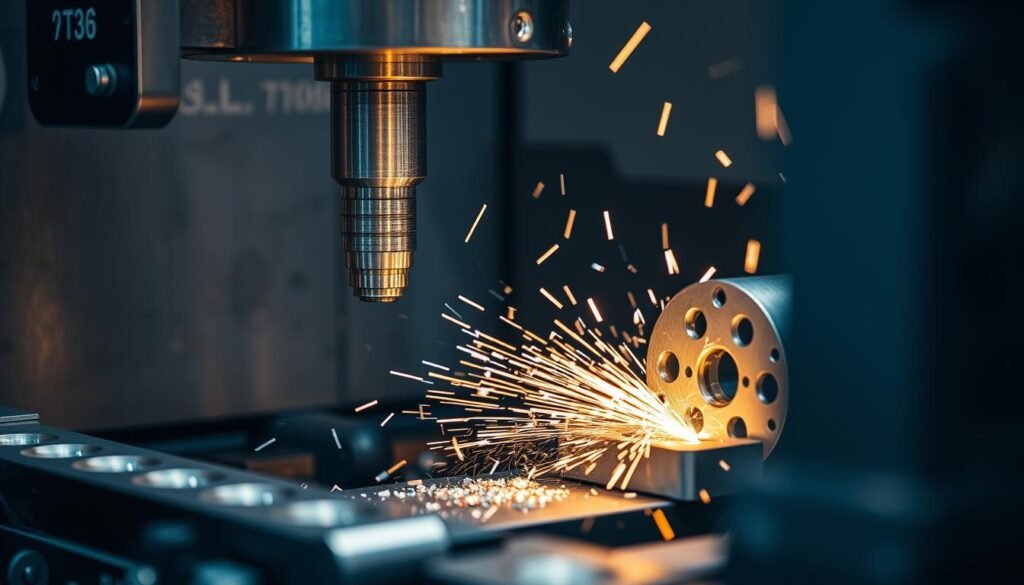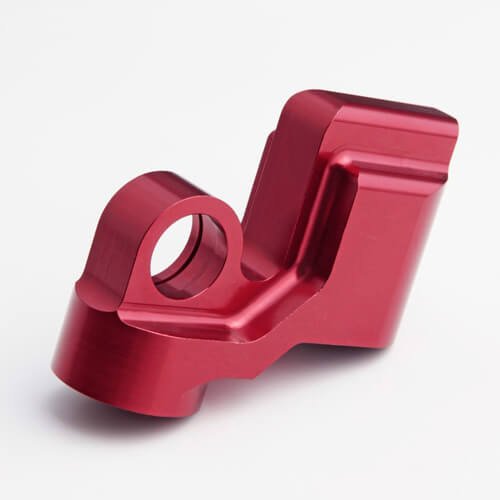Anodizing
Anodizing is an electrochemical process that enhances metals’ corrosion resistance, durability, and appearance, particularly aluminum.
Custom Parts with Anodizing
Anodizing offers a wide range of color options that remain stable over time, enhancing the material’s aesthetic appeal.
Mekalite’s anodizing services improve adhesion for coatings and provide electrical insulation. Forming a protective layer on the metal’s surface makes it highly resistant to corrosion and wear. The hardness of the material is increased, making it durable and scratch-resistant. It is environmentally friendly, producing minimal waste, and the resulting surfaces are easy to clean and maintain. Additionally, anodized materials can withstand high temperatures without degradation.
TECHNOLOGY OVERVIEW
More About Anodizing
What’s Anodizing?
Anodizing is a process that enhances the surface of metals, typically aluminum, by creating a durable, corrosion-resistant finish. The metal is first cleaned and prepared before being immersed in an electrolyte bath, where an electric current is applied. This causes the formation of an oxide layer on the metal surface, improving its hardness and corrosion resistance. In some cases, dyes can be added to create colored finishes for decorative purposes. The final step involves sealing the anodized layer to enhance its longevity and protective qualities.
Advantages of Anodizing
- Corrosion resistance
- Improved durability
- Enhanced wear resistance
- Increased hardness
- Better adhesion for paint and glue
- Improved aesthetics
- Non-conductive surface
- Environmentally friendly process
- Greater heat resistance
- Long-lasting finish
Design Considerations for Anodizing
- Choose a metal suitable for anodizing, like aluminum.
- Pick an aluminum alloy that works well with anodizing.
- Start with a smooth surface to avoid highlighting imperfections.
- Design parts with even thickness to prevent uneven coatings.
- Consider the anodized layer thickness in your design for accuracy.
- Plan for masking to protect certain areas, and consider racking for even coating.
- If color matters, choose dyes carefully and discuss consistency with your provider.
- Understand and choose a sealing process that matches your needs.
- Select anodizing thickness and sealing based on the intended environment.
- Implement checks for coating thickness, color, and other specifications.

Get An Accurate Quote For Your Next Projects
No matter your project is complicated or simple, no matter is metal or plastic, you will get an accurate quotation within 6 hours.


